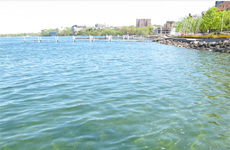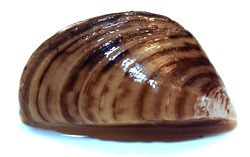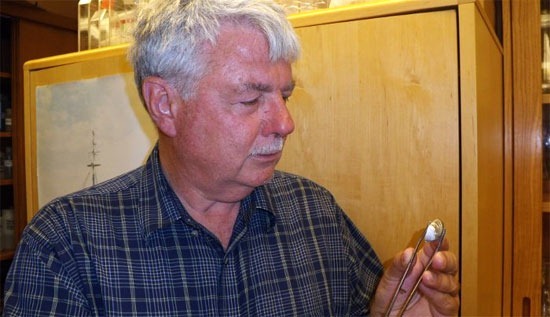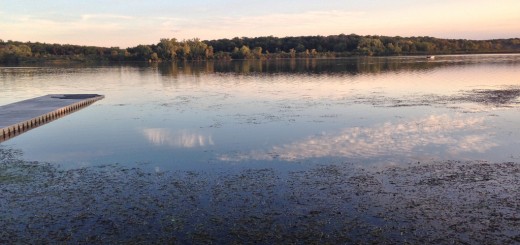Lakes in Madison, Wisc. clear up early
1 Lakes near Madison, Wisc. are enjoying an early clear water phase, some up to 20 feet of clarity, but no one knows how long it will last. Because of the early warm weather followed by cool, dry conditions, the lakes are now a favorite spot for algae such as diatoms. The lakes are clear because Daphnia pulicaria, a species of zooplankton, are devouring the algae as quickly as it grows. Some fish in the lakes feed on the Daphnia, so a textbook healthy food chain is occurring. The state of nirvana will cease as soon as temperatures increase or a large rain event brings nutrients into the lake, spurring the growth of cyanobacteria.
Lakes near Madison, Wisc. are enjoying an early clear water phase, some up to 20 feet of clarity, but no one knows how long it will last. Because of the early warm weather followed by cool, dry conditions, the lakes are now a favorite spot for algae such as diatoms. The lakes are clear because Daphnia pulicaria, a species of zooplankton, are devouring the algae as quickly as it grows. Some fish in the lakes feed on the Daphnia, so a textbook healthy food chain is occurring. The state of nirvana will cease as soon as temperatures increase or a large rain event brings nutrients into the lake, spurring the growth of cyanobacteria.
According to a blog from the University of Wisconsin-Madion, the lakes usually don’t clear until mid-May and the clear conditions could last anywhere from two days to two months.
Read more at UW-Madison Center for Limnology blog.
Image credit: Adam Hinterthuer, University of Wisconsin-Madison














I suppose it will last till summer.